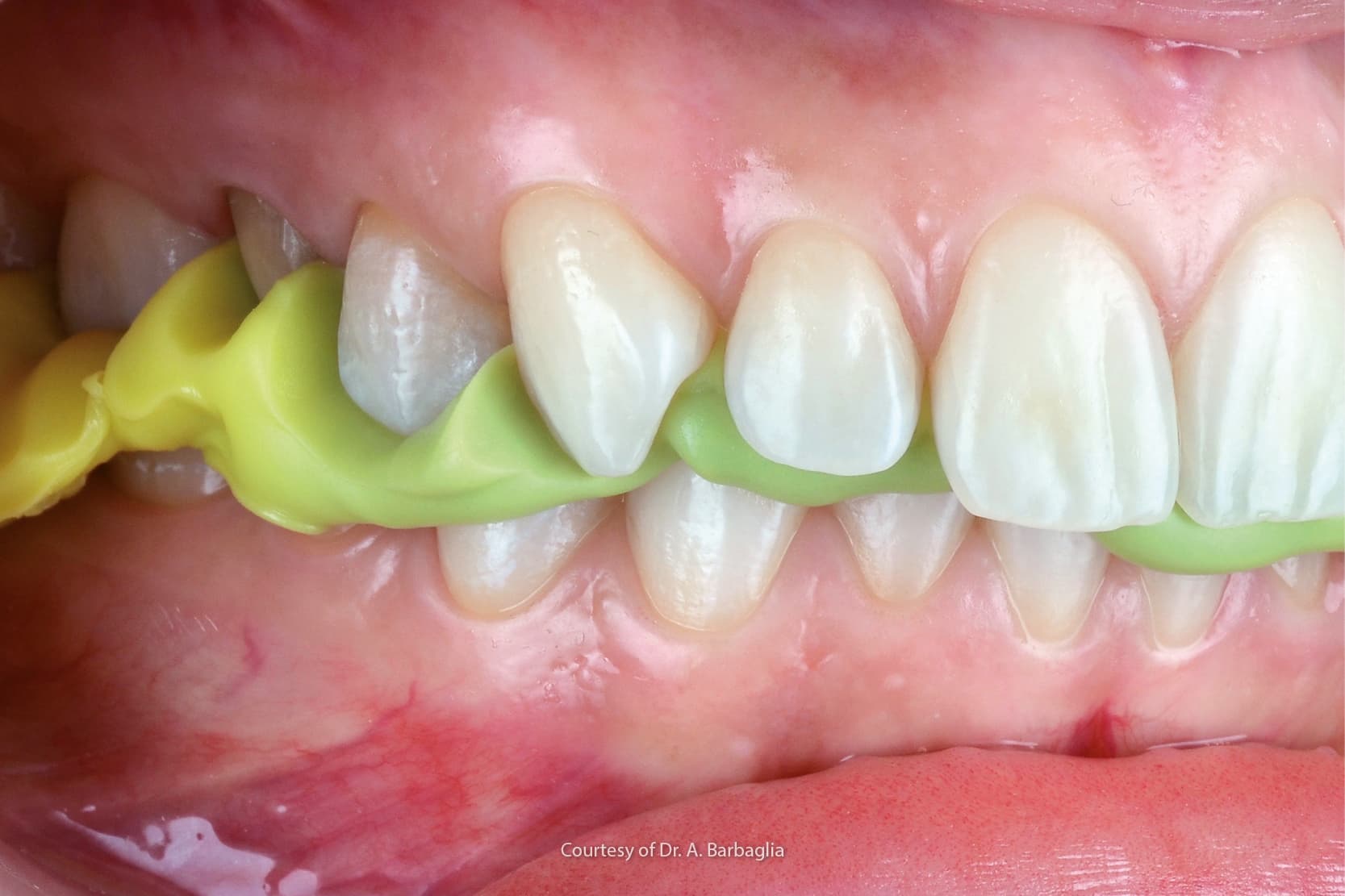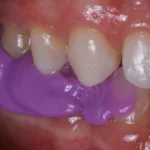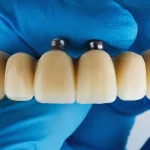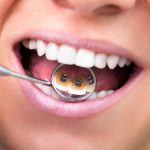
Bite registration materials: which one to choose? (1)
Correct occlusion is an essential aspect of dental rehabilitation. Occlusal load in particular can effect a rehabilitation’s durability. The biomechanical elements of occlusion were recently linked to biological, behavioural and neuromuscular aspects of the stomatognathic system.
The concept of occlusion has always been central to all discussions and theories, and correct bite registration remains key to the success of rehabilitative prosthetic treatment.
A range of techniques and materials can be used to achieve accurate and properly balanced bite registration in various clinical situations. Correct bite registration minimises intermaxillary relationship errors and the need for intraoral adjustment on delivery of the prosthesis. (2)
Various materials can be used for bite registration, including: plaster of Paris (impression plaster), model compounds, waxes, zinc oxide eugenol pastes, acrylic resins and elastomers.
Techniques for bite registration
Aside from the material, the most critical aspect of the bite registration procedure is the choice of technique. Various techniques can be used, including direct, graphic and functional, and even techniques based on cephalometric analysis. (3)
Patient proprioception is another fundamental aspect that needs to be considered to achieve an accurate registration.
Especially in the past, but sometimes still today, a thermoplastic material like wax is inserted between the two arches and the patient asked to bite down on to it. This technique is generally known as the “mush”, “biscuit” or “squash” technique and is based on the dentist’s direct visual observation and on his ability to find the centric relation. (4) Procedures have been greatly refined over the years, however.
Basically, there are now two types of bite registration: centric and eccentric (protrusive and lateral excursions). (5)
Centric bite registration can be based on the maximum intercuspidation position (ICP) or on centric jaw relation.
Bite registrations taken using these techniques require materials that satisfy certain prerequisites. In particular, the material used should not modify the position of the teeth, should not display any dimensional variation on curing, should record accurately the occlusal and incisal surfaces of the teeth, should not resist mandibular closure and should not falsify the patient’s mandibular closing pattern by causing abnormal movements. The materials should also be biocompatible, easy to use, easy to trim and easy to verify.
Accurate bite registrations can only be achieved if the patient applies minimum closing force: the application of abnormal closing force is likely to lead to registration errors.
Materials for bite registration
The first material used for bite registration was plaster of Paris or impression plaster, a type 1 plaster. Plaster registrations are very accurate and extremely rigid. They resist distortion and offer good dimensional stability. Unfortunately, plaster is difficult to use. The material is highly fluid when freshly mixed and extremely fragile when hard. (6)
Thermoplastic modelling compounds were therefore added to overcome these problems. Unfortunately, in turn, these presented a further two insurmountable problems: high initial viscosity and extreme final hardness, leading to possible abrasion of the stone model. (7)
Waxes were introduced at a later date. These versatile materials are commonly used for bite registration purposes. Their success is explained by their versatility, ease of use and low cost. Unfortunately, they do not offer sufficient dimensional stability and suffer from a very high coefficient of thermal expansion. This can lead to significant distortion, spoiling the accuracy of the registration. (8)
Zinc oxide eugenol paste was first used in 1930. This is highly fluid when freshly prepared, and does not therefore resist occlusion, but becomes rigid on setting. All materials have advantages and disadvantages, of course, and zinc oxide eugenol paste suffers from particularly long setting times, fragility and the formation of byproducts that cause dimensional variation. (9)
Acrylic resins were proposed as bite registration materials in 1961. They are very commonly used for single interocclusal jigs. Acrylic resins are both accurate and rigid after curing. Their main disadvantage is that they contract on curing, potentially causing distortion. Once cured, they are also very hard and can damage the stone model.
Elastomers are the latest materials to be marketed for bite registration. Elastomers possess the best dimensional stability of all materials, are easy to use and offer virtually no resistance to mandibular closure. They are also easy to trim when cured and guarantee excellent detail reproduction. Addition silicones in particular do not produce byproducts and are therefore dimensionally stable.
One of the main disadvantages with addition silicones is that, when the stone model is being positioned, force can inadvertently be applied to the silicone, causing distortion. “Spring” effects can compromise the accuracy of these materials during mounting of the model in the articulator. Registrations should therefore be trimmed to avoid spring effects.
The best features of the materials for registration
To sum up, though no single material offers all the desired characteristics, some, like elastomers, offer all the most important ones: low viscosity, minimum resistance to mandibular closure, dimensional stability, easy workability, adequate working times, detail reproduction, quick curing and biocompatibility.
The Occlufast range is Zhermack’s solution for bite registration. Occlufast+, Occlufast+ Color, Occlufast CAD and Occlufast Rock are addition silicones with specific characteristics, and are specially formulated to satisfy the needs of clinical practice. The Occlufast range is available in 50 ml cartridges, compatible with 1:1 dispensers.
Bibliography:
- Shetty, G., & Shetty, M. (2018). A Review of Occlusal Registration Materials Utilized in Recording Various Occlusal Relations. Journal of Health and Allied Sciences NU, 8(03), 025-028.
- G S chandu, Mohd. Faisal khan, S K mishra, Pooja asnani. Evaluation and comparison of resistance to compression of various interocclusal recording media: an in vitro study journal of international oral health. 2015; 7(5):24-2
- Dushyant soni, Darshana shah. Interocclusal records for fixed prosthodontics: a review of various techniques. The journal of ahmedabad dental college and hospital; March 2011 – august 201. 2(1),
- Balvinder singh, Divya mittal. Interocclusal records in fixed prosthodontics. International journal of advancements in research & technology. december-2013;2(12).
- Do-hyun park, Ji-man park, Jae-won choi1, Eun-sookkang, Eun-bin bae. Young-chanjeon, Chang-mojeong, Mi-jungyun, Jung-bohuh. Accuracy of several implant bite registration techniques: an in-vitro pilot study. The journal of advanced prosthodontics. 2017;9:341-9
- william j. Obrien . Text book of dental materialsa and their selection. Fourth edition. Chapter 7. Impression materials. Page 91-113. 2002
- Valeria D oliveria. Maria Da Gloria, A Clinical evaluation of materials for interocclusal registration in centric relation. Braz Dent J: 2000;11(1):41-47.
- Sweeney s, Smith dk, Messersmith m. Comparison of 5 types of interocclusal recording materials on the accuracy of articulation of digital models. am j orthod dentofacial orthop. 2015 aug; 148(2):245-52
- Geet Goyal, History of impression, impression materials and impression techniques in complete dentures. Journal of advanced medical ans dental sciences Research. April-june 2014.Vol 2(2).
Do you want more information on Zhermack Dental products and solutions?
Contact us




 Zhermack SpA has been one of the most important producers and international distributors of alginates, gypsums and silicone compounds for the dental sector for over 40 years. It has also developed solutions for the industrial and wellbeing sectors.
Zhermack SpA - Via Bovazecchino, 100 - 45021 Badia Polesine (RO), Italy.
Zhermack SpA has been one of the most important producers and international distributors of alginates, gypsums and silicone compounds for the dental sector for over 40 years. It has also developed solutions for the industrial and wellbeing sectors.
Zhermack SpA - Via Bovazecchino, 100 - 45021 Badia Polesine (RO), Italy.


